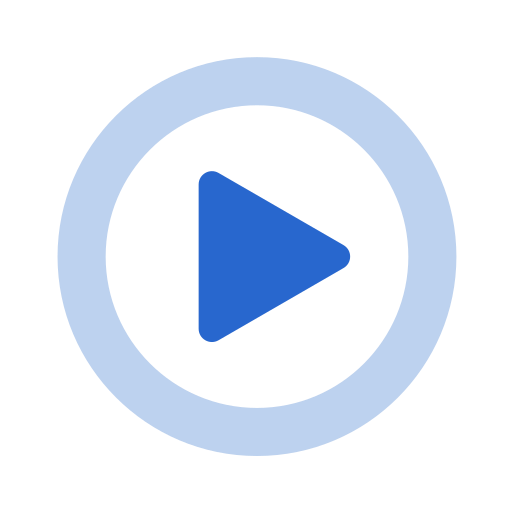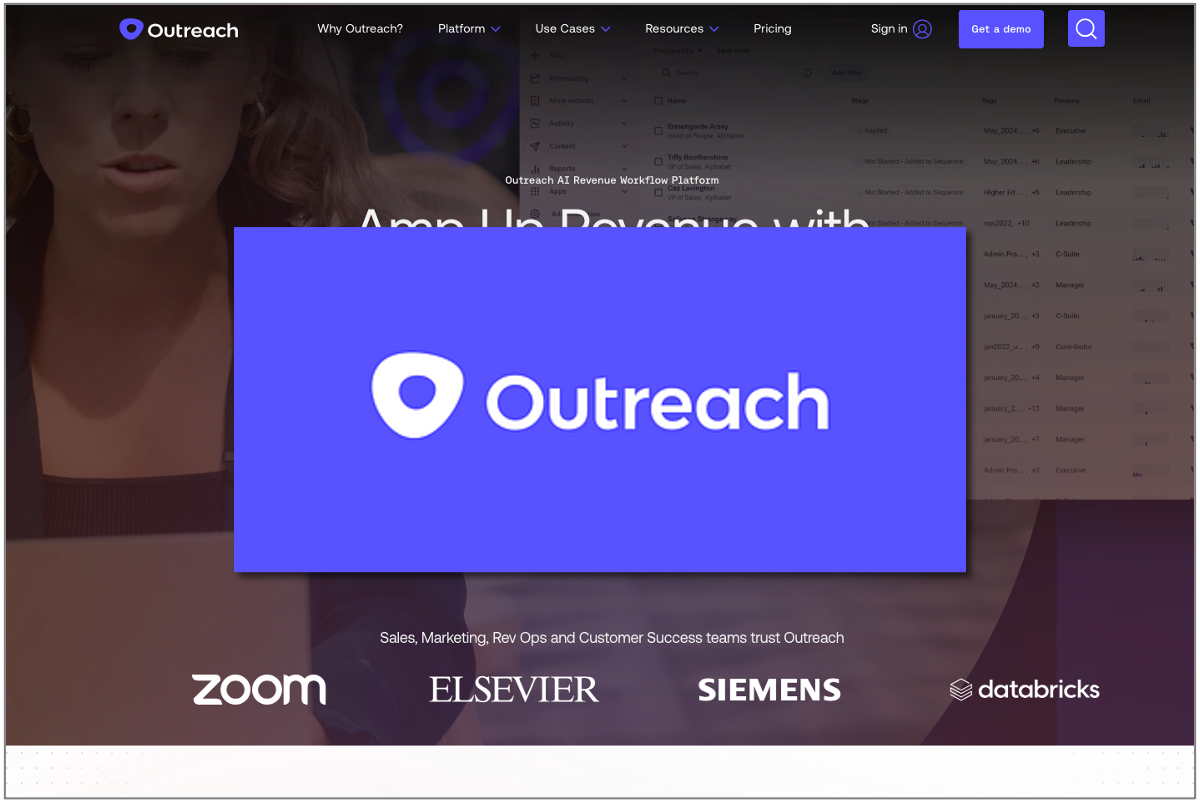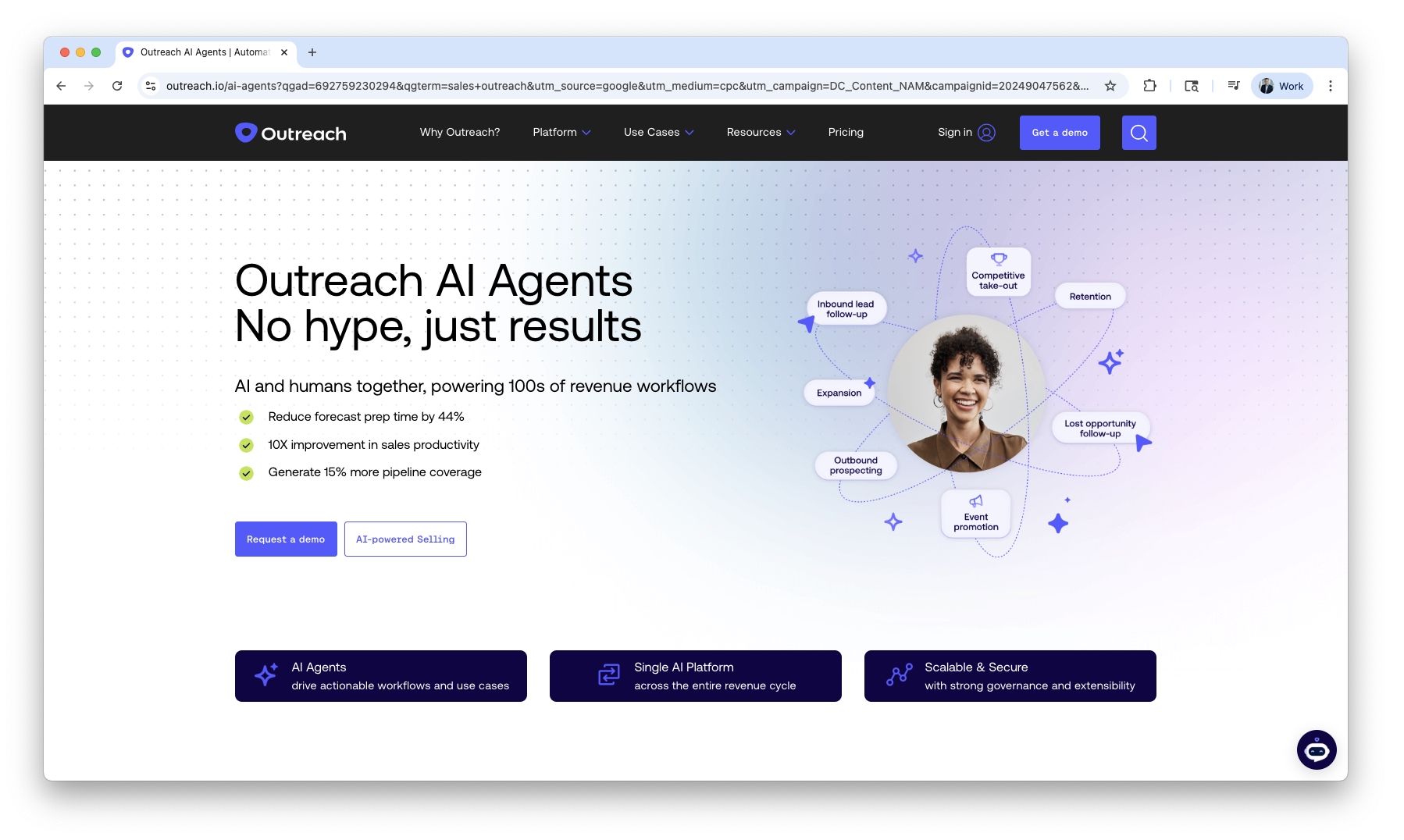


Outreach is a leading sales engagement and revenue intelligence platform designed to streamline prospecting, deal management, and forecasting. It combines automation with AI-driven insights to help sales teams scale personalized outreach, prioritize high-value opportunities, and accurately predict revenue. Built for serious, process-driven organizations, Outreach turns scattered sales activity into a coordinated, data-backed engine for predictable growth.
Subscribe now and get instant access to the best AI sales tools and walkthroughs.

Outreach is one of the most recognized names in the sales engagement platform category, and for good reason. It was built to eliminate the chaotic patchwork of spreadsheets, CRM hacks, and manual follow-ups that plague sales teams everywhere. Instead of just sending emails, Outreach acts as a command center for the modern sales process, orchestrating every touchpoint in your pipeline while leveraging AI to keep deals moving forward. It combines outbound automation, inbound engagement, conversation intelligence, and forecasting in a single platform, creating a closed-loop system that doesn’t just track activity—it actively guides reps on what to do next.
What really sets Outreach apart is how it integrates AI into the heart of sales execution. Many tools claim to use AI but only sprinkle it on for marketing buzz. Outreach actually uses machine learning to analyze historical deal patterns, predict outcomes, score opportunities, and even coach reps in real time during calls. The result is a platform that doesn’t just automate busywork but helps sales teams focus on the right actions that lead to revenue. It’s the kind of tool that makes you wonder how you ever trusted your pipeline to “gut feelings” and sticky notes.
Outreach is designed for professional sales teams that are serious about scaling predictable revenue. Its sweet spot is mid-market and enterprise organizations running structured sales processes, though high-growth startups with aggressive outbound goals can benefit just as much. SDRs and BDRs use it to build and manage multi-touch cadences; account executives use it to track deals and manage stakeholder engagement; managers and VPs use it to get real forecasting accuracy instead of crossed fingers and wishful thinking.
If you’re a lone wolf salesperson who likes to “wing it,” Outreach might feel like overkill. But for teams of five or more, especially in industries with long or complex sales cycles (SaaS, enterprise software, financial services, etc.), the platform shines. It’s also a favorite for revenue operations leaders who want one system of record for engagement data, call intelligence, and deal forecasting instead of juggling five different tools.
Scaling SDR/BDR Outreach
Automate hundreds of personalized touchpoints per week while maintaining a human voice.
Enterprise Account Engagement
Coordinate multi-stakeholder deals with dynamic cadences and AI-prioritized actions.
Deal Coaching
Train reps using real call data and objection-handling insights from conversation intelligence.
Activity Optimization
Automate follow-ups and reminders so reps can spend less time on admin and more time selling.
Customer Expansion
Use Outreach’s sequencing and analytics to manage upsell/cross-sell campaigns in existing accounts.
- AI-Powered Deal Health & Forecasting: Outreach uses machine learning to analyze activity patterns, historical win/loss data, and engagement signals to predict deal outcomes and produce accurate forecasts. This shifts forecasting from rep optimism to data-backed confidence.
- Outreach Kaia (AI Assistant): Real-time call guidance and automatic note-taking during meetings. Kaia can surface battle cards, objection-handling prompts, and follow-up tasks on the fly—essentially an AI co-pilot for sales calls.
- Advanced Sequencing: Automates multi-touch cadences across email, phone, and social with dynamic branching based on prospect behavior. This lets teams scale outreach without sounding like spammers.
- Conversation Intelligence: Transcribes and analyzes sales calls to uncover trends, highlight winning talk tracks, and flag coaching opportunities. The AI doesn’t just listen; it translates conversations into actionable insights.
- Revenue Intelligence Dashboard: Consolidates activity, pipeline health, and AI predictions into a single view for leadership. It’s like having a sales ops analyst working 24/7 in the background.
PROS
- AI isn’t just a buzzword here; Outreach bakes it into real workflows that drive results.
- Powerful sequencing engine that saves countless hours of manual follow-up.
- Conversation intelligence provides actionable insights, not just transcripts.
- Integrates deeply with Salesforce, Dynamics, and major CRMs without creating data silos.
- Predictive deal health scoring helps leadership focus on deals with true potential.
- Excellent for scaling personalized outbound campaigns without sacrificing quality.
CONS
- Pricing is premium—small teams may struggle to justify the spend.
- Steep learning curve, especially for teams without a defined process.
- Works best with clean CRM data; if your data hygiene is bad, AI insights lose value.
- Email deliverability can be tricky without proper technical setup (SPF, DKIM, etc.).
- Can feel feature-heavy if you’re only using it for basic outreach.
We genuinely appreciated that Outreach doesn’t treat AI as an afterthought—it’s a central character, not just the opening credit. Kaia being there during calls (without being creepy) to highlight your best content, flag talk tracks, and capture notes is like having a supportive sidekick who won’t snag your commission. The deal health scoring system transforms rep stories like “This one feels tight” into “This one has a 72% probability of closing next week,” which is infinitely more useful. And the sequencing engine still impresses—allowing personalization at scale that doesn’t read like it was composed by a robot (unless, you know, you accidentally do that).
The seamless way Outreach integrates AI into day-to-day selling is a standout. Kaia is genuinely useful—it’s like having a silent sales assistant who never forgets details or misses a follow-up. The deal health scoring is another strong feature; it forces reps and managers to move past “gut feel” and focus on hard data when prioritizing deals. The sequencing engine remains one of the best in the market, letting teams create personalized outreach campaigns at scale without losing the human touch. Outreach also excels at making sales coaching easier: conversation intelligence not only captures calls but provides real coaching moments based on real data.

Outreach isn’t plug-and-play; it requires thoughtful setup and process alignment to get the most out of it. The initial learning curve can intimidate new users, and without executive buy-in, adoption can lag. The platform’s price tag also means you need to go all-in to justify it; if you’re only using it to send a few automated emails, you’re overpaying. Its AI is powerful, but like all AI-driven platforms, it’s only as good as the data it consumes—if your CRM is a mess, don’t expect Outreach to magically fix it. And while the forecasting module is excellent, it can overwhelm less mature orgs that just want a simple pipeline view.
Outreach uses a subscription-based pricing model with costs charged per user, per month, and it’s firmly positioned as a premium solution for professional sales teams. The platform offers several tiers that scale based on functionality, with advanced AI modules, conversation intelligence, and forecasting features included in higher plans. Enterprise deployments often include custom integrations, implementation services, and dedicated support, which can drive the total investment higher. There isn’t a true low-cost or “starter” version—Outreach is aimed at teams that are ready to fully commit to structured sales engagement and revenue intelligence. While exact pricing varies depending on team size and feature set, it’s safe to expect a significant investment compared to lighter tools, making the ROI heavily dependent on active adoption and process alignment.
%20(1)%20(2).png)